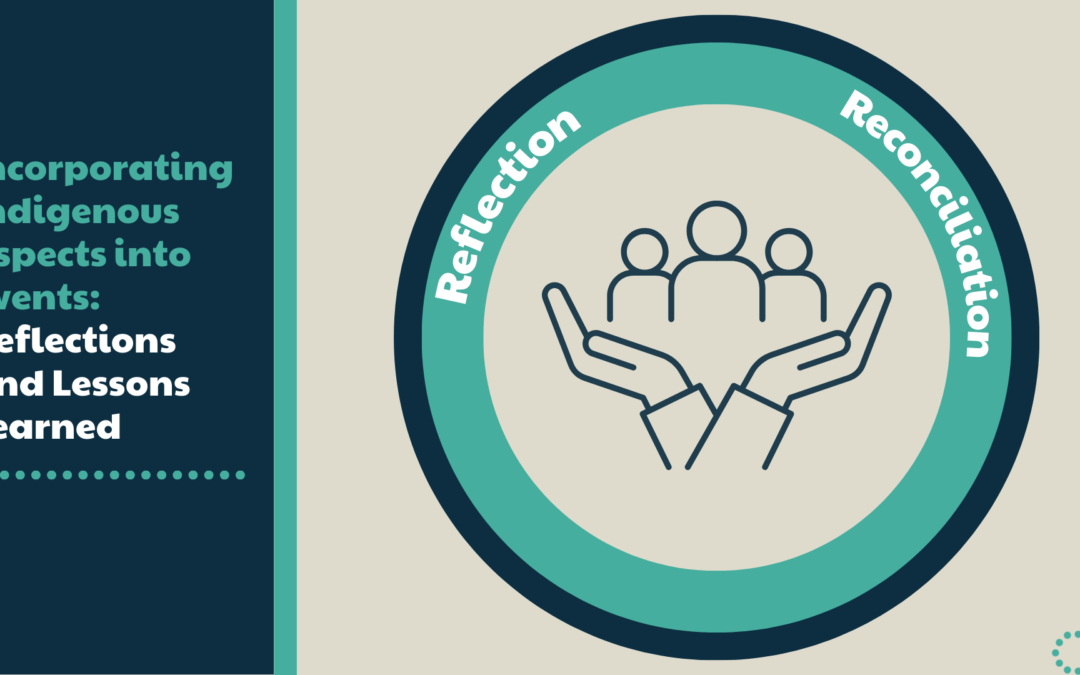Incorporating Indigenous aspects into events is not just about inclusion; it is about respect, learning, and connection. Over the course of integrating these meaningful practices into our work, we’ve uncovered profound lessons that resonate far beyond the events themselves. Here are some reflections on what we’ve learned and the transformative impact these practices have had.
1. Personalized Land Acknowledgments
One of the most impactful practices we’ve embraced is encouraging and supporting our clients to do personalized, unscripted land acknowledgments. When speakers take the time to reflect on their relationship with the land and their respect for Indigenous communities, it creates a moment of genuine vulnerability. This approach moves beyond reading a prewritten statement to truly honour the people whose lands we occupy. It requires thoughtfulness, research, and, above all, sincerity. The audience feels this authenticity, and it fosters a shared sense of respect and understanding.
To ensure these acknowledgments are done respectfully, we aim to support our clients with resources like pronunciation guides, background research, and online sources. These tools not only help us pronounce words correctly but also deepen our understanding of their significance. When done well, personalized land acknowledgments become a powerful reminder of our shared humanity and responsibility.

2. Human-Centered Connections
A recurring theme in our journey has been the importance of a human-centered approach. Events often prioritize precision timing and flawless execution, but when we meet each other as people-first, walking a shared path, everything flows more authentically. Indigenous teachings emphasize intergenerational and person-focused perspectives, when our clients include elders and these perspectives in their meetings, it is amazing how impactful and helpful it is to hear the work being undertaken at their meeting positioned within that lens.
Connections with Elders stand out as some of our most cherished moments. Behind the scenes, we’ve had the privilege of learning about smudging, the care of eagle feathers, and the deep significance of gift-giving in Indigenous traditions. These moments remind us of the importance of humility and gratitude. Elders teach us not only about their culture but also about how to be present and intentional in our interactions.

3. Asking Questions and Being Open
One of the simplest yet most important lessons we’ve learned is to ask. Whether it’s asking how to pronounce someone’s name, what they would like to receive as a gift, or if they would like to bring a support person, these small gestures show respect and consideration. Asking also helps us avoid assumptions, ensuring that our efforts to honour Indigenous customs are grounded in genuine understanding rather than superficial gestures.
For example, the act of giving a gift is deeply significant in many Indigenous cultures, but the type of gift can vary widely. Asking what is appropriate not only ensures the gift is meaningful but also shows that you care enough to make it personal.

4. The Beauty of Flexibility
Incorporating Indigenous aspects into events often challenges traditional constructs of precision timing and perfect execution. Rituals like smudging or the sharing of stories don’t always fit neatly into a rigid schedule, but their profound impact is worth any adjustments. By embracing flexibility, we’ve learned to prioritize connection and meaning over strict adherence to timelines.
This shift in perspective can feel unfamiliar in a world that often values efficiency above all else, but it is a welcome reminder to slow down and honour the moment. When we allow space for authenticity and vulnerability, the outcomes are consistently positive and deeply moving.

5. Walking the Path Together
At the heart of everything we’ve learned is the principle of meeting each other as humans first. When we approach interactions with honesty, respect, and the intention to connect, everything else falls into place. This approach has transformed our events, fostering an environment where everyone feels seen, heard, and valued.
Incorporating Indigenous aspects into events isn’t just about representation—it’s about fostering genuine relationships and creating spaces where diverse perspectives can thrive. These practices challenge us to rethink how we plan and execute events, often requiring us to step out of our comfort zones. But the rewards—deeper connections, greater understanding, and profound moments of learning—are more than worth it.

As we at Coherent Solutions continue this journey, we remain committed to listening, learning, and walking the path together with humility and gratitude. If you’re interested in learning more about the foundation of the topics we’ve covered, consider visiting https://native-land.ca to learn more.

